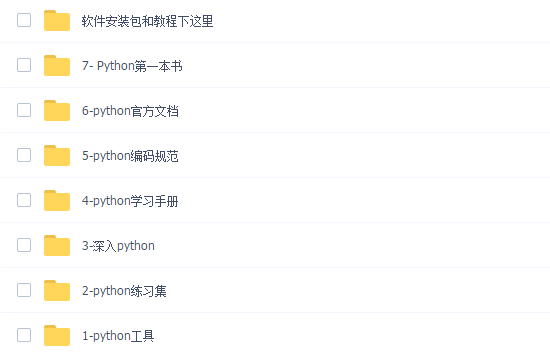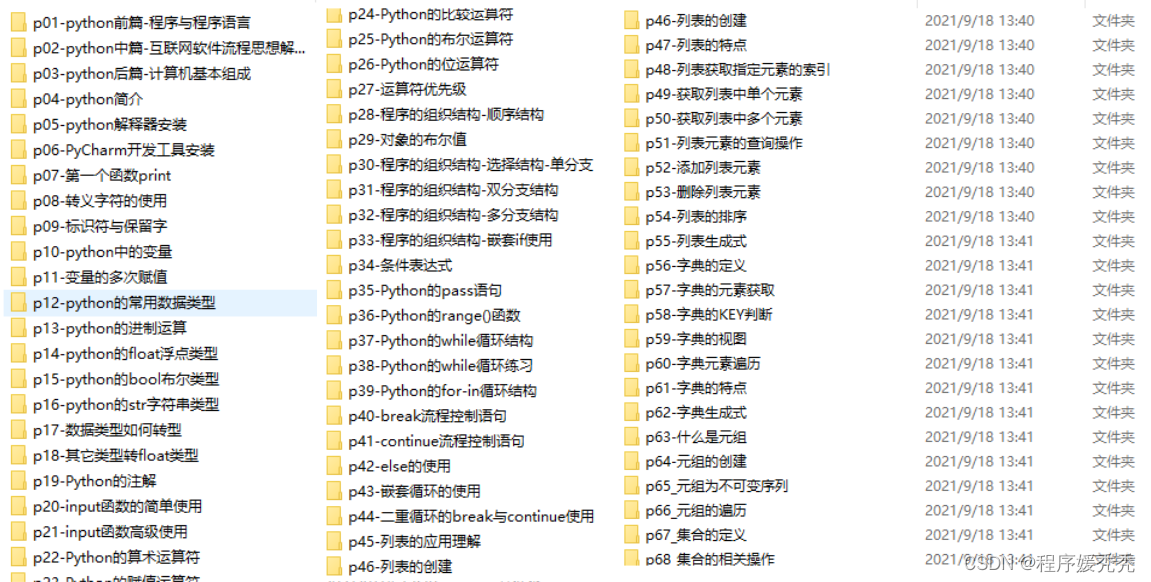print(‘davis’ in models)#check if there is turner in the set models
models.add(‘davis’)
print(model.pop())remove the last item#
字典
字典是可变和无序的数据结构。它允许存储一对项目(即键和值)
下面的例子显示了将容器包含到其他容器中来创建复合数据结构的可能性。
music={‘jazz’:{“coltrane”: “In a sentiment mood”,
“M.Davis”:Blue in Green",
“T.Monk”:“Don’t Blame Me”},
“classical”:{“Bach”: “cello suit”,
“Mozart”: “lacrimosa”,
“satle”: “Gymnopedie”}}
print(music[“jazz”]["coltrane’])#we select the value of the key coltrane
print(music[“classical”] ['mozart"])
使用数组的堆栈堆栈是一种线性数据结构,其中元素按顺序排列。它遵循L.I.F.O的机制,意思是后进先出。因此,最后插入的元素将作为第一个元素被删除。这些操作是:
-
将元素推入堆栈。
-
从堆栈中删除一个元素。
要检查的条件
-
溢出情况—— 当我们试图在一个已经有最大元素的堆栈中再放一个元素时,就会出现这种情况。
-
下溢情况——当 我们试图从一个空堆栈中删除一个元素时,就会出现这种情况。
class mystack:
def init(self):
self.data =[]
def length(self): #length of the list
return len(self.data)
def is_full(self): #check if the list is full or not
if len(self.data) == 5:
return True
else:
return False
def push(self, element):# insert a new element
if len(self.data) < 5:
self.data.append(element)
else:
return “overflow”
def pop(self): # # remove the last element from a list
if len(self.data) == 0:
return “underflow”
else:
return self.data.pop()
a = mystack() # I create my object
a.push(10) # insert the element
a.push(23)
a.push(25)
a.push(27)
a.push(11)
print(a.length())
print(a.is_full())
print(a.data)
print(a.push(31)) # we try to insert one more element in the list - the
output will be overflow
print(a.pop())
print(a.pop())
print(a.pop())
print(a.pop())
print(a.pop())
print(a.pop()) # try to delete an element in a list without elements - the
output will be underflow
使用数组排队
队列是一种线性数据结构,其中的元素按顺序排列。它遵循先进先出的F.I.F.O机制。
描述队列特征的方面
两端:
-
前端-指向起始元素。
-
指向最后一个元素。
有两种操作:
-
enqueue——将元素插入队列。它将在后方完成。
-
出列-从队列中删除元素。这将在前线完成。
有两个条件。
-
溢出-插入到一个已满的队列中。
-
下溢-从空队列中删除。
class myqueue:
def init(self):
self.data = []
def length(self):
return len(self.data)
def enque(self, element): # put the element in the queue
if len(self.data) < 5:
return self.data.append(element)
else:
return “overflow”
def deque(self): # remove the first element that we have put in queue
if len(self.data) == 0:
return “underflow”
else:
self.data.pop(0)
b = myqueue()
b.enque(2) # put the element into the queue
b.enque(3)
b.enque(4)
b.enque(5)
print(b.data)
b.deque()# # remove the first element that we have put in the queue
print(b.data)
树(普通树)
树用于定义层次结构。它从根节点开始,再往下,最后的节点称为子节点。
在本文中,我主要关注二叉树。二叉树是一种树形数据结构,其中每个节点最多有两个孩子,称为左孩子和右孩子。

create the class Node and the attrbutes
class Node:
def init(self, letter):
self.childleft = None
self.childright = None
self.nodedata = letter
create the nodes for the tree
root = Node(‘A’)
root.childleft = Node(‘B’)
root.childright = Node(‘C’)
root.childleft.childleft = Node(‘D’)
root.childleft.childright = Node(‘E’)
一、Python所有方向的学习路线
Python所有方向路线就是把Python常用的技术点做整理,形成各个领域的知识点汇总,它的用处就在于,你可以按照上面的知识点去找对应的学习资源,保证自己学得较为全面。

二、学习软件
工欲善其事必先利其器。学习Python常用的开发软件都在这里了,给大家节省了很多时间。

三、入门学习视频
我们在看视频学习的时候,不能光动眼动脑不动手,比较科学的学习方法是在理解之后运用它们,这时候练手项目就很适合了。

网上学习资料一大堆,但如果学到的知识不成体系,遇到问题时只是浅尝辄止,不再深入研究,那么很难做到真正的技术提升。
一个人可以走的很快,但一群人才能走的更远!不论你是正从事IT行业的老鸟或是对IT行业感兴趣的新人,都欢迎加入我们的的圈子(技术交流、学习资源、职场吐槽、大厂内推、面试辅导),让我们一起学习成长!






















 670
670











 被折叠的 条评论
为什么被折叠?
被折叠的 条评论
为什么被折叠?








